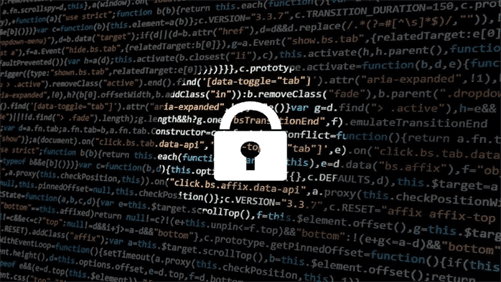Mobile push MFA is an evolution of SMS authentication that doesn’t depend on carrier data and can also work via Wi-Fi. It’s arguably the most secure route we’ve covered here because it directly connects to the application receiving the push information. Mobile Push gives a better user experience by allowing them to either grant or denies access to suspicious messages. Hackers play pranks on users for approval of uninvited push messages. To keep this from happening, make sure the mobile push solution you adopt indicates the request’s location of origin and resource that requires access authorization. This fulfils both to help the consumer verify invitations they’ve initiated and observe and block malicious attempts to get unauthorized access. Mobile push ( MFA ) Multi-Factor-Authentication is an advancement of SMS authentication that doesn’t rely on data and also on Wi-Fi. It’s arguably the most secure route because it directly connects to the application receiving the push information.
Professional suggest our users to follow the recommendation summarized below:
- Inform employees of the importance of MFA as well as its developing risks. Increase awareness for understanding this critical threat and teach how to combat this.
- Turn on the location for MFA push notifications in the settings. If the cyberpunks do not use IP proxies and the location of the login attempt does not correspond to the users, it is simpler to specify it as an attempted compromise.
- Standardize a password reset policy across the business.
- Execute vendor due diligence on their cloud providers to analyse their data protection strategies. Intrusions at cloud providers can pave the way to risky credentials for their users.
However, a social technique called ‘MFA Fatigue’, or ‘MFA push spam’, is becoming more famous among threat actors as it does not require malware or phishing infrastructure and has been verified to be winning in attacks. The hacker can guess any two-factor authentication OTP or code sent via text message. Authenticator applications can help in preventing SIM swapping bypass process. Cybercriminals use the method of spamming users with a torrent of MFA push notifications in an attempt to risk their accounts.
The hacker’s purpose is to attain push notification permission through one of the following procedures:
- Fooling a user into thinking the notifications are the outcome of a bug so they will verify the login attempt.
- Disturbing the users until they authorize a push notification to get them to avoid it.
- Waiting for a user to unintentionally authorize one of the push notifications.
Hackers are more frequently using social networking engineering attacks to get access to corporate credentials and breach extensive systems. One component of these attacks that is becoming more prominent with the surge of multi-factor authentication is a method called MFA Fatigue.
Industries have increasingly accepted multi-factor authentication to prevent users from logging into a system without first entering another form of proof. This additional verification can be a one-time passcode, asking you to verify the login attempt, the use of hardware safety keys, passwords, or biometrics.
Contact CompCiti to save yourself from uncertain trouble!

